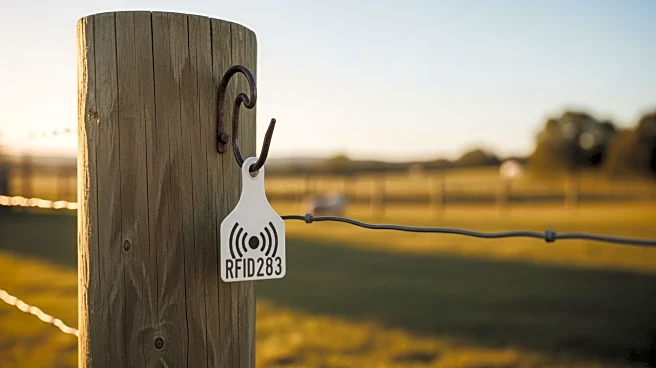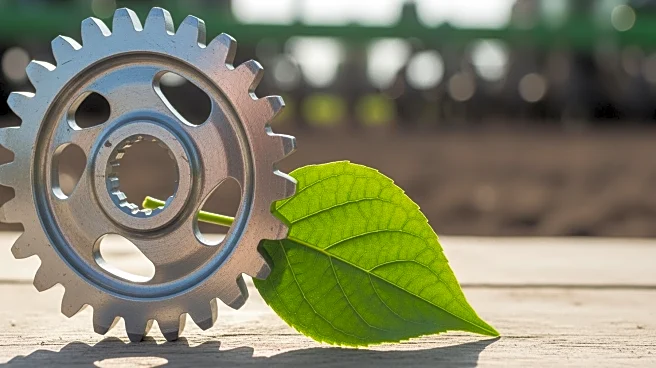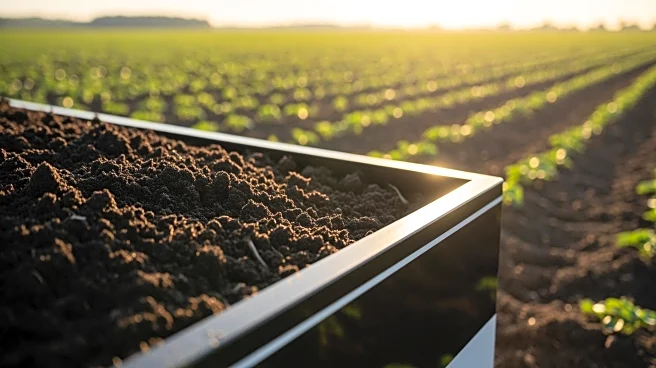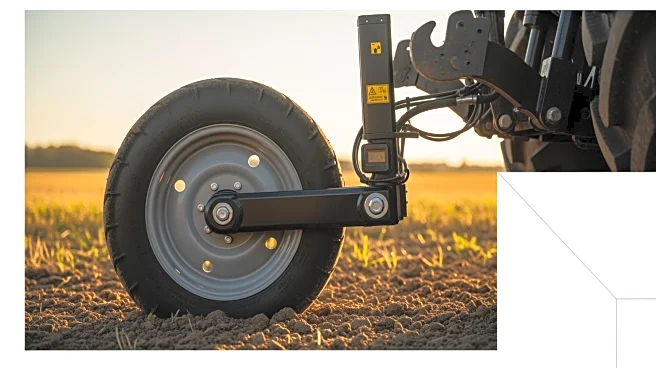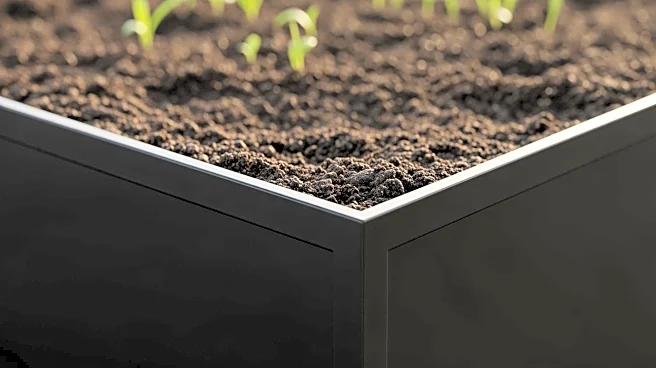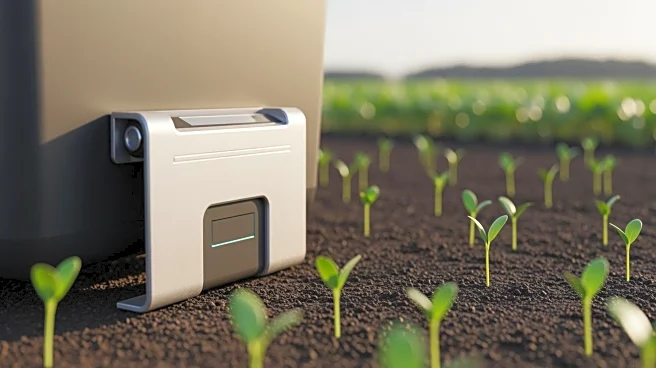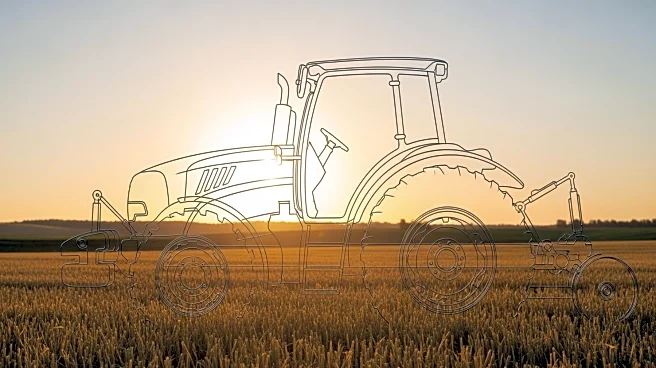What's Happening?
The South African Agricultural Machinery Association (Saama) reported a significant increase in tractor sales, with 857 units sold in October, marking a 12% rise compared to the previous year. Year-to-date sales have increased by 21%, totaling 6,630 tractors
sold. Despite a 39% drop in combine harvester sales for October, the year-to-date figures show an 8% increase. Willie Human, chairman of Saama, expressed optimism about the prospects for agricultural machinery sales, predicting a 10% increase by the end of the year. The favorable weather outlook, including a weak La Niña, is expected to benefit the upcoming summer cropping season.
Why It's Important?
The rise in machinery sales reflects financial gains from the previous season, particularly for grain, horticultural crops, and wine grapes, which benefited from favorable weather conditions. This trend indicates strong farmer confidence and suggests a promising 2025/26 planting season. The increase in sales is a positive sign for the agricultural sector, which plays a crucial role in the economy. The investment in machinery and favorable weather conditions could lead to increased productivity and profitability for farmers, contributing to economic stability and growth.
What's Next?
Farmers are expected to plant 4.1 million hectares, a 1% increase from the previous season. The ongoing investment in farm machinery and favorable weather conditions suggest that these planting plans are realistic. However, it is still early in the season, and farmers must remain vigilant to ensure successful crop yields. The agricultural sector will continue to monitor weather patterns and market conditions to adapt their strategies accordingly.
Beyond the Headlines
The increase in machinery sales highlights the importance of technological advancements in agriculture. As farmers invest in modern equipment, they can improve efficiency and productivity, which is essential for meeting the growing demand for food. This trend also underscores the need for sustainable farming practices to ensure long-term viability and environmental protection.


